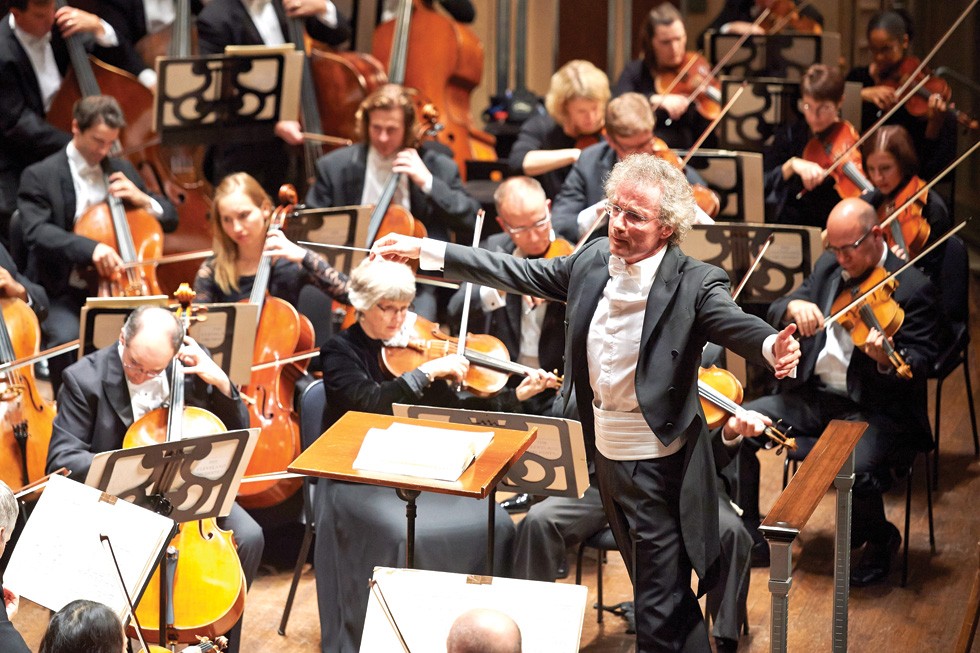

The term "baroque" is generally used by music historians to describe a broad range of styles from a wide geographic region, mostly in Europe, composed over a period of about 150 years. The term is of uncertain ultimate origin, but possibly from Latin verrūca ("wart") or possibly from Baroco, a technical term from scholastic logic. The etymology of baroque is likely via the French baroque (which originally meant a pearl of irregular shape), and from the Portuguese barroco ("irregular pearl") also related are the Spanish barrueco and the Italian barocco. Overall, Baroque music was a tool for expression and communication. Dense, complex polyphonic music, in which multiple independent melody lines were performed simultaneously (a popular example of this is the fugue), was an important part of many Baroque choral and instrumental works.

Baroque music expanded the size, range, and complexity of instrumental performance, and also established the mixed vocal/instrumental forms of opera, cantata and oratorio and the instrumental forms of the solo concerto and sonata as musical genres. While the pieces in a dance suite were inspired by actual dance music, dance suites were designed purely for listening, not for accompanying dancers.ĭuring the period composers experimented with finding a fuller sound for each instrumental part (thus creating the orchestra), made changes in musical notation (the development of figured bass as a quick way to notate the chord progression of a song or piece), and developed new instrumental playing techniques. A characteristic Baroque form was the dance suite. Baroque concerts were typically accompanied by a basso continuo group (comprising chord-playing instrumentalists such as harpsichordists and lute players improvising chords from a figured bass part) while a group of bass instruments- viol, cello, double bass-played the bassline.
CLASSIC MUDIC PROFESSIONAL
During the Baroque era, professional musicians were expected to be accomplished improvisers of both solo melodic lines and accompaniment parts.

The Baroque saw the creation of common-practice tonality, an approach to writing music in which a song or piece is written in a particular key this type of harmony has continued to be used extensively in Western classical and popular music. Key composers of the Baroque era include, Claudio Monteverdi, Domenico Scarlatti, Alessandro Scarlatti, Antonio Vivaldi, Henry Purcell, Georg Philipp Telemann, Jean-Baptiste Lully, Jean-Philippe Rameau, Marc-Antoine Charpentier, Arcangelo Corelli, François Couperin, Heinrich Schütz, Dieterich Buxtehude, and others. The works of George Frideric Handel and Johann Sebastian Bach are considered the pinnacle of the Baroque period. The term " baroque" comes from the Portuguese word barroco, meaning " misshapen pearl". Baroque music forms a major portion of the " classical music" canon, and is now widely studied, performed, and listened to. Overlapping in time, they are conventionally dated from 1580 to 1650, from 1630 to 1700, and from 1680 to 1750.

The Baroque period is divided into three major phases: early, middle, and late. The Baroque style followed the Renaissance period, and was followed in turn by the Classical period after a short transition, the galant style. Baroque music ( UK: / b ə ˈ r ɒ k/ or US: / b ə ˈ r oʊ k/) refers to the period or dominant style of Western classical music composed from about 1600 to 1750.


 0 kommentar(er)
0 kommentar(er)
